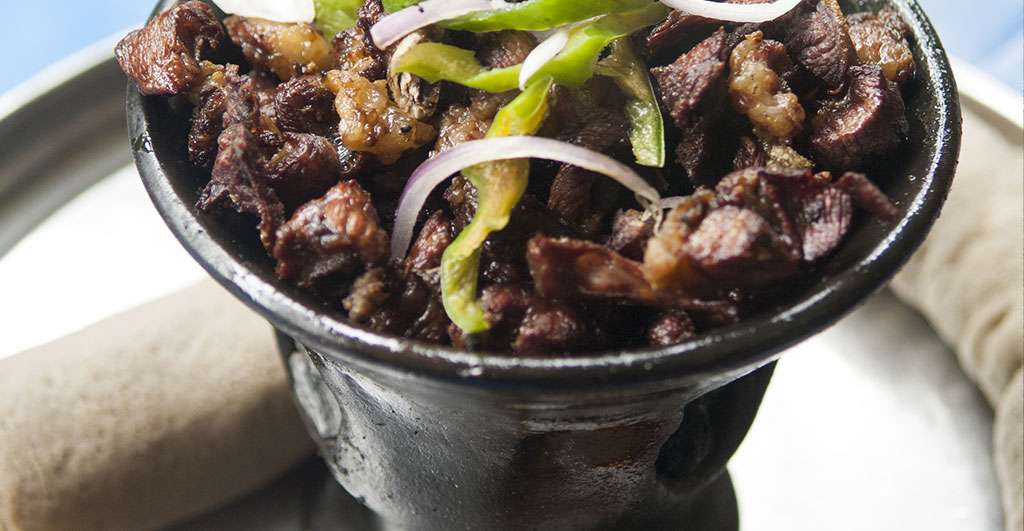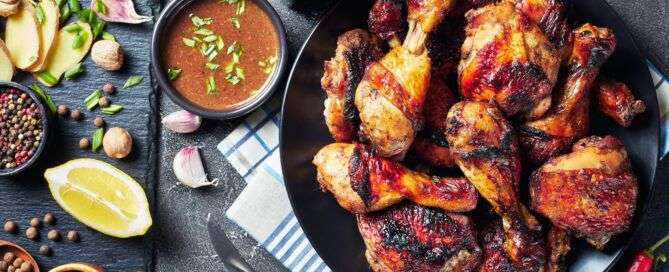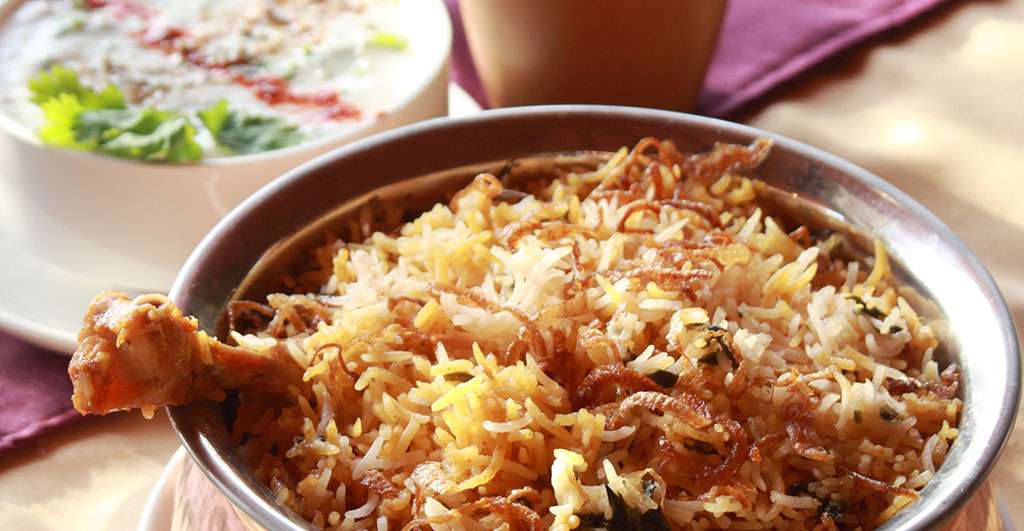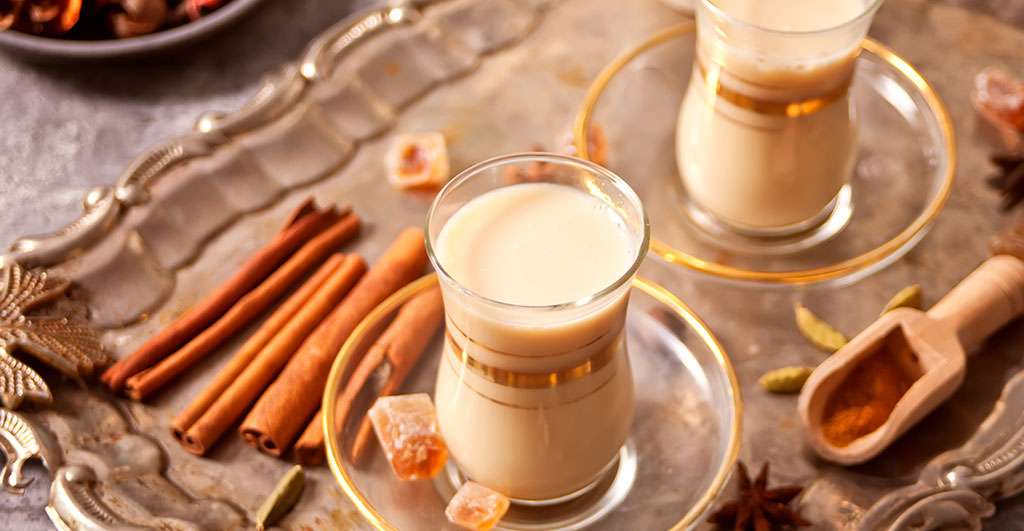sOUTH ASIA
A colourful world of taste celebrating food and life
South Asia is home to some of the most ancient food producers on earth and a buzzing pocket with a rich history and even richer food culture.
With over 1.75 billion people inhabiting this vast region larger in land area than the European Union and with more languages and dialects than most provinces on earth, South Asia is a buzzing corner of the world with a rich history and even richer food culture. Between India, Pakistan, Bangladesh, Nepal, and Sri Lanka, this region has a wealth of local delicacies and dishes on offer. One of the holiest regions globally, South Asia is home to eighty-odd religions that heavily influence daily rituals and food choices. For example, Hindus tend not to eat beef but make great use of dairy products such as yoghurt and cheese. Muslims in the Northern regions of India and Pakistan do not consume pork products, so dishes like goat curry and tandoori chicken are typical. There’s a lot more to South Asian food than humble curry.
Though both cuisines may appear to have strong similarities, their subtle differences and nuances make them unique.

The cuisine of each region includes a wide assortment of dishes and cooking techniques reflecting the varied demographics of this ethnically diverse subcontinent. Religious beliefs and culture have played an influential role in the evolution of its cuisine. These lands are prominent growing places for grains, spices, teas, fruits, and livestock. They are some of the most ancient food producers on earth.
IN
DI
A
India is home to some of the most intensely colourful and exciting cuisines globally, with a mecca of spices and some of the most vibrant and tasty dishes. The air is thick with spices used for centuries for everything from skin ailments to sore stomachs in India. Spice is like alchemy to them and a part of life – as the locals like to say, “no spice, no life”, next to spices in the day-to-day hierarchy – spirituality. One of the most spiritual places on earth, all facets of life are connected to a higher realm, including eating, and more specifically, eating with your hands.

PAKISTAN
Pakistan may be one of the youngest countries in the South, but its cuisine has evolved beyond its years with influences from India, the Far East and the Middle East. Pakistani food is described as a combination of Indian and Middle Eastern. Cooking styles and spices from each region have come together to make it what it is today with curries from India and the use of ingredients like saffron, pomegranate seeds, dried fruits, and nuts from the Middle East. A predominant portion of Pakistan is Muslim, influencing which foods are eaten and eating techniques.

Join the Spice People to Get Started on Your Culinary Spice Journey!
Be the first to hear about our exclusive promotions, new product releases, recipes and more.




